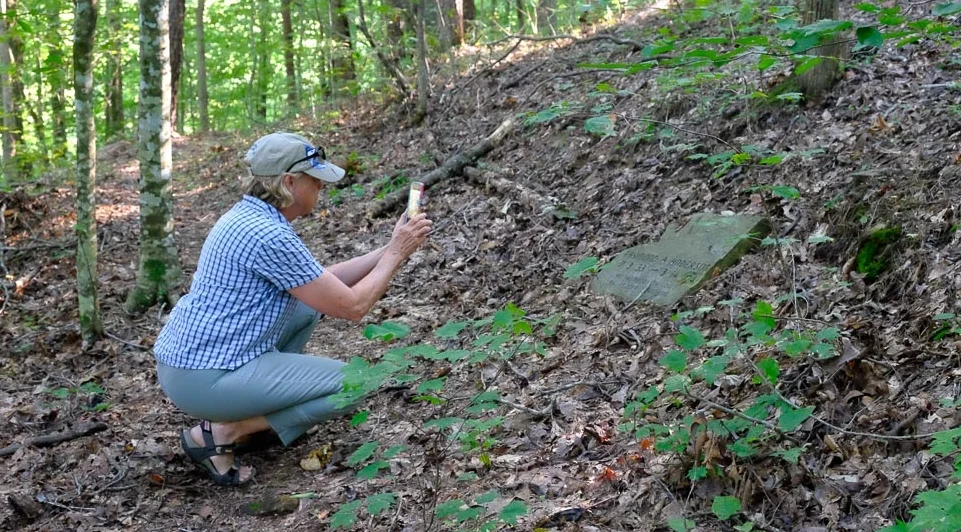Yes, The Natural Burial Cemetery Guide Second Edition is available in print. Thanks to the vagaries of doing business during a pandemic this took much longer than hoped, but there’s now a good supply of newly printed books waiting to go out to you.
When I embarked on the project that became my original The Natural Burial Cemetery Guide seven years ago I saw it as a way to help people in the Northeast where I live find a green burial cemetery to bury their dead. It morphed out of a general book about green burial, a subject which fascinated me ever since I stumbled on the term while researching plastics recycling. The amount of time needed to track down, contact, and get details of cemeteries for that book convinced me to assemble my findings into a guide. The project went from a slim digital guide for 24 cemeteries to today’s second edition, 407 pages and covering over 160 cemeteries with indepth reporting and details, and lots of photographs that help give a feel for how individual these places are.
I received numerous requests for a print edition, and once produced, I remembered what it’s like to be able to thumb through a guide rather than laboriously do it digitally. It’s also something I can keep in the car (though I have to remember to do so). The printed second edition is available only for the complete guide. Four second edition regional guides, Northeast, South, Midwest and West, are available only in digital. All guides have an introduction to green burial, interactive tables of contents, revised maps and lists of funeral homes that work with green burial customers. For those who like both the ease of digital and the feel of print, I offer a bundle version. All digital edition purchases include free updates until September 2022 to help keep you current on the expanding world of green burial. All versions of the guide are available for purchase at greenburialnaturally.org.
Enjoy!











